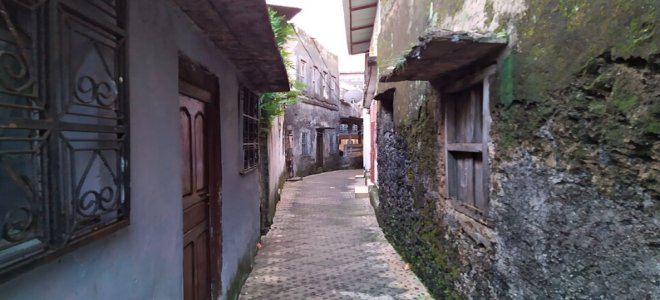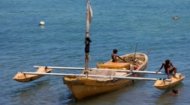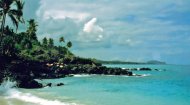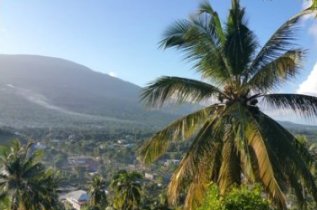|
Moroni Profile |
Moroni Profile |
Moroni Profile | Moroni Profile |
|
|

|
The 19th century brought the Comoros islands within colonial France's sphere when, in 1841, Sultan Andriantsoly of Mayotte (one of the four main islands) sought French protection. In exchange for this, he ceded the island to France, making Mayotte as the first Comorian island to fall under direct French control, establishing a crucial military and administrative foothold for the French in the archipelago. French influence then gradually expanded to the other three main islands: Grande Comore (Njazidja), Anjouan (Nzwani), and Mohéli (Mwali) and by 1886, France had formally declared a protectorate over Grande Comore, Anjouan, and Mohéli. In 1912, the Comoros archipelago (excluding Mayotte, which remained a distinct collectivity but was often administratively linked) was officially attached to the French colony of Madagascar. This move solidified direct French rule, replacing the protectorate status with full colonial administration. Moroni, as the largest settlement and de facto capital of Grande Comore, evolved into a focal point for colonial governance, taxation, and the implementation of French policies across Grande Comore by 1958 when it formally became the administrative capital of Comoros taking over from Dzaoudzi on Mayotte. It retained that staus when the Comoros Island achieved independence in 1975 becoming the new nation's capital. Today Moroni, with its population of 42,872, is overwhelmingly Muslim and this faith is the cornerstone of social life. The primary language is Shikomori, a Sabaki language related to Swahili, though French and Arabic are also widely used in official and religious contexts. Social gatherings are frequent, and the city is known for its warm hospitality. Grands mariages (great weddings) are colossal social events that can last for days, showcasing elaborate rituals, traditional music like twarab, and the wearing of precious ceremonial jewellery and silks. Economically, Moroni is the nation's administrative and commercial nerve centre. Government offices, foreign embassies, and the main port, situated on a natural harbour, drive much of the city's formal economy with the port vital for imports and for the export of the country's primary agricultural products; vanilla, cloves, and ylang-ylang—the essence used in many of the world's finest perfumes. However, the economy faces significant hurdles. High unemployment, particularly among young people, remains a persistent issue. As such, many families rely on remittances from the large Comorian diaspora living in France. The informal sector is substantial, with bustling markets like the Volo Volo market serving as the city's economic epicentre, where everything from fresh produce to colourful textiles is bought and sold amidst a cacophony of haggling and conversation. Life in Moroni is not without its difficulties. The city, like the nation, grapples with profound challenges. Political instability has historically hindered development, leading to periods of uncertainty. Basic infrastructure, such as reliable electricity and public sanitation, remain a work in progress, with periodic shortages affecting daily life. Rapid population growth has also put a strain on housing and public services. Daily life in Moroni begins early with the men heading to the mosques for morning prayer while women prepare breakfast, often freshly baked mshono (sweet fritters) and strong, spiced coffee. The Volo Volo market is the city's beating heart with vendors calling out their prices, women in brightly colored shironis (draped garments) selecting the day’s fish, and the scent of spices piled high in woven baskets. In the evenings, families and friends gather along the seafront, enjoying the cooler air, sipping tea, and watching the boutres (traditional dhows) sail into the harbour as the sun lowers. Although there aren't a great many tourist attractions in Moroni per se, obviously a trek up the volcano would rank high on any activity list and, although somewhat rundown, the National Museum of the Comoros (in French: Le Musée National des Comores) in the town is worth a visit with its four exhibition rooms featuring history, art, archeology and religion; volcanology and earth science; oceanography and natural science and finally; social and cultural anthropology. Also worth seeing are: The Old Medina: Getting lost in its narrow, winding alleyways is the best way to experience the city's ancient soul. Roads link Moroni with the coastal towns of Hahaia to the north and Mitsoudje to the south, and Prince Said Ibrahim International Airport is nearby with flights to Dar es Salaam in Tanzania, Antananarivo in Madagascar, Addis Ababa in Ethiopia, Nairobi in Kenya, and seasonally to Turkey's Instanbul. The video gives a good look and feel of Moroni. |









